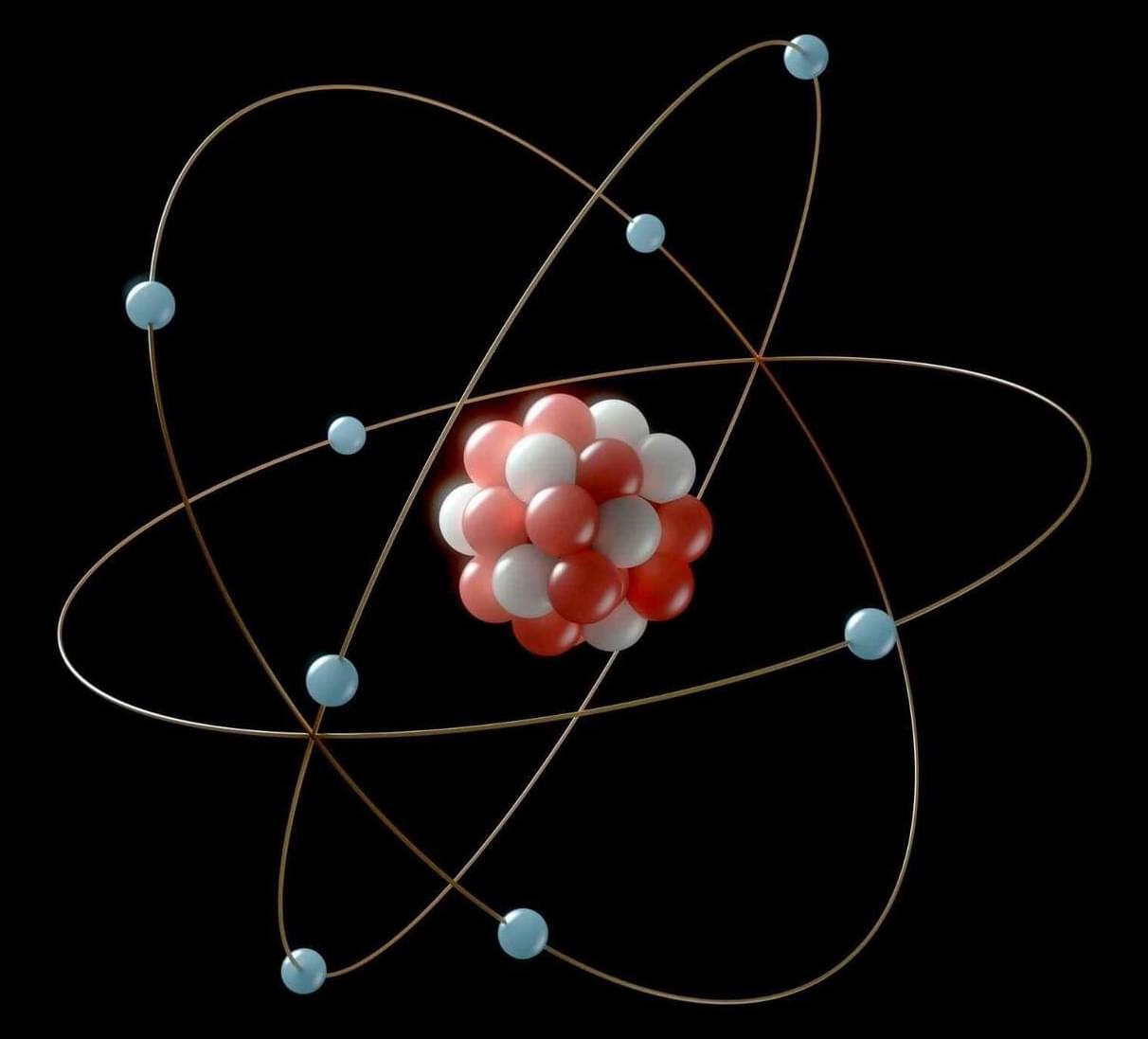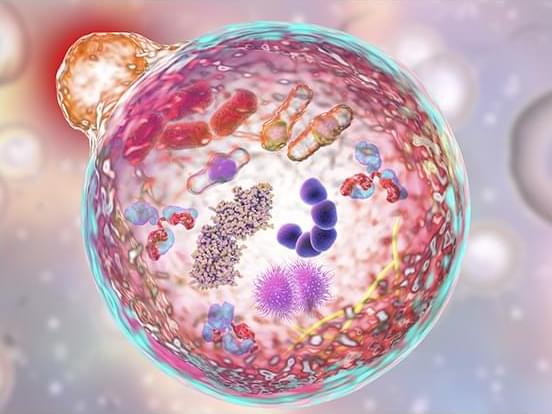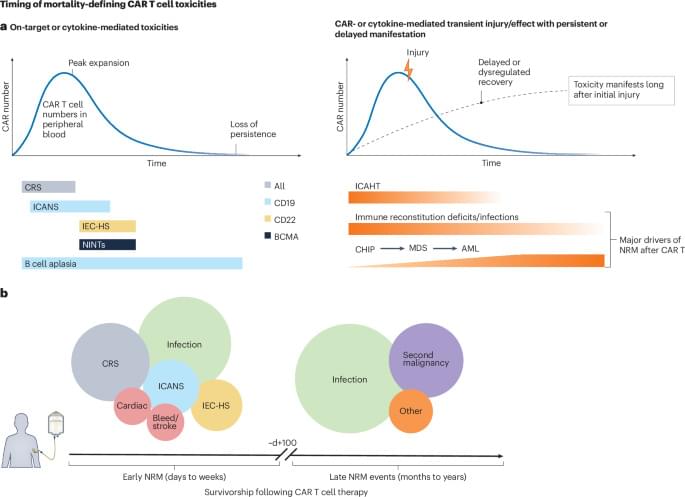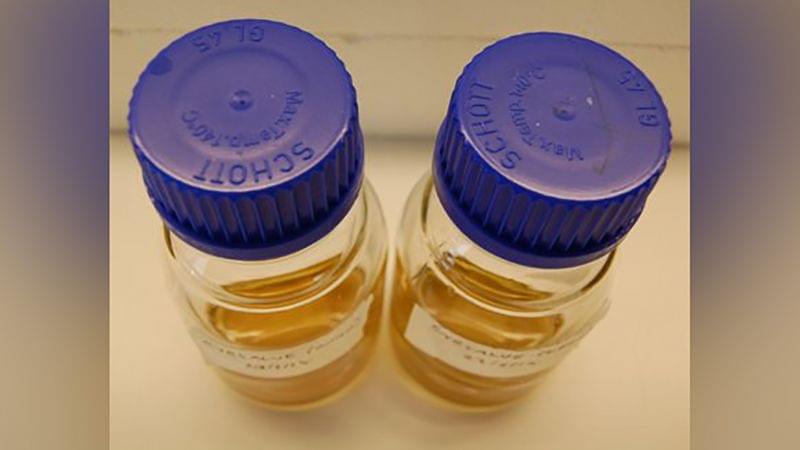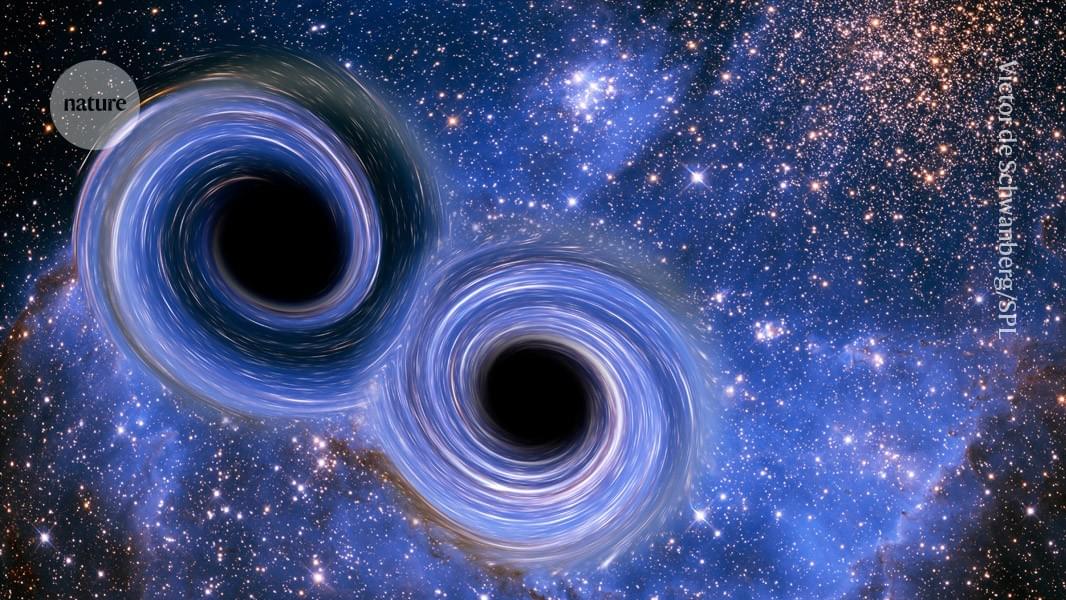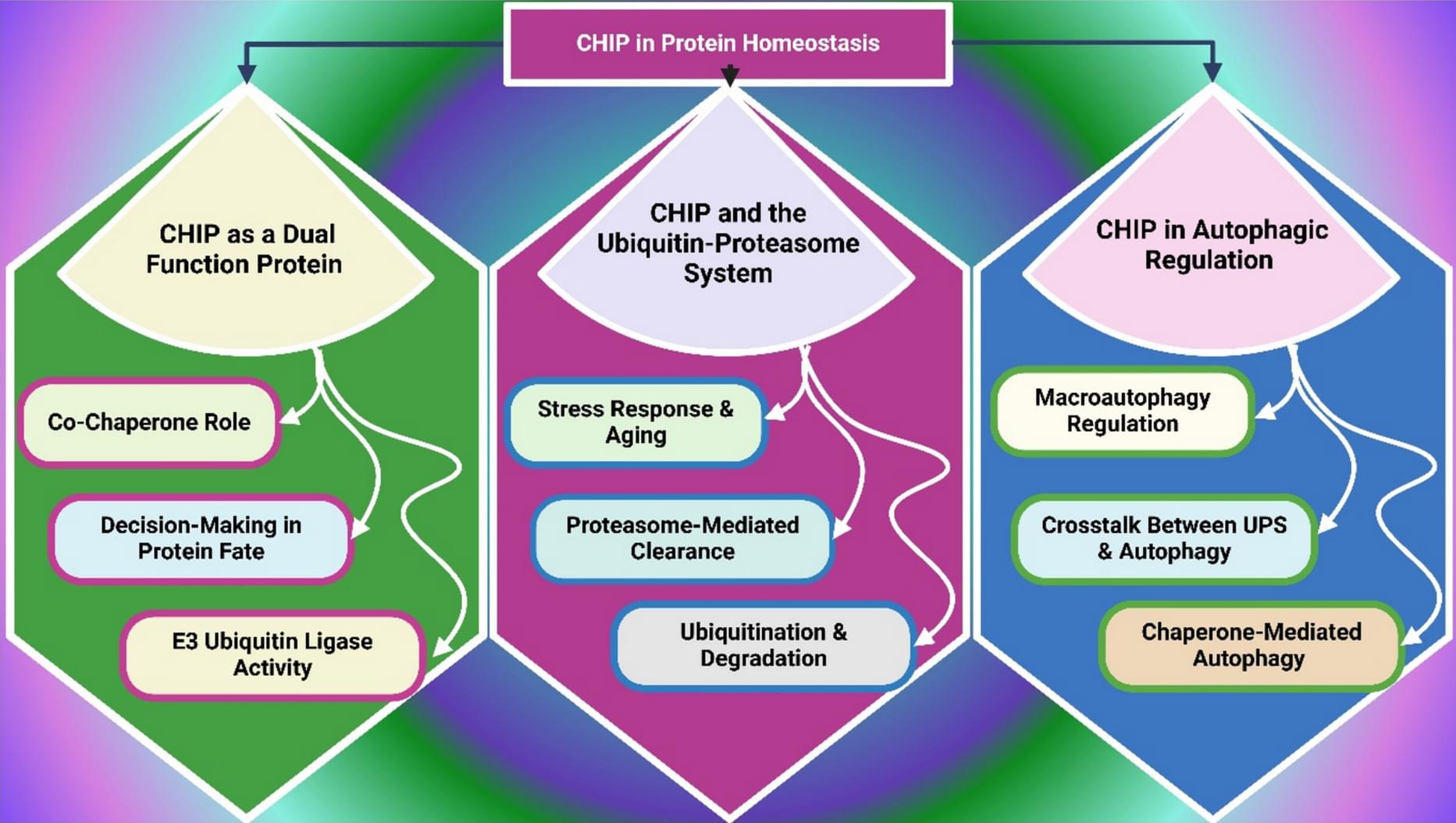A new study from Aarhus University turns our understanding of how running injuries occur upside down. The research project, which is the largest of its kind ever conducted, shows that running-related overuse injuries do not develop gradually over time, as previously assumed, but rather suddenly—often during a single training session. The research is published in the British Journal of Sports Medicine.
“Our study marks a paradigm shift in understanding the causes of running-related overuse injuries. We previously believed that injuries develop gradually over time, but it turns out that many injuries occur because runners make training errors in a single training session,” explains Associate Professor Rasmus Ø. Nielsen from the Department of Public Health at Aarhus University, who is the lead author of the study.
The study followed 5,205 runners from 87 countries over 18 months and shows that injury risk increases exponentially when runners increase their distance in a single training session compared to their longest run in the past 30 days. The longer the run becomes, the higher the injury risk.
